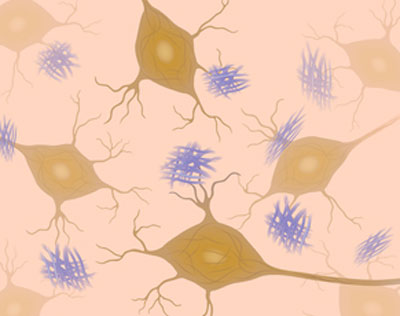TRV 101 reduces amyloid beta and tau toxic aggregates in Alzheimer’s disease models
Posted: 20 July 2015 | Victoria White
TRV 101 has successfully demonstrated significant reduction in both amyloid beta and tau toxic aggregates in mouse models of Alzheimer’s Disease…

Treventis Corporation’s preclinical candidate TRV 101 has successfully demonstrated significant reduction in the toxic aggregates/ oligomers of both amyloid beta and tau protein in multiple transgenic mouse models of Alzheimer’s Disease.
Using industry standard mouse models of amyloid beta (APP/PS1) and tau (rTg4510), a reduction of approximately 30-40% in both tau and amyloid beta oligomers was observed in the brain following oral administration TRV 101 over a 3-7 day period.
“Toxic oligomers or aggregates of beta-amyloid and tau protein are known to have synergistic and pathogenic roles in the progression of Alzheimer’s Disease. These data on TRV 101 show that it is possible to target and reduce both of these protein with a single small molecule, which is a significant advance for the company and the field of Alzheimer’s Disease research,” said Sean Cunliffe, CEO of Treventis.
A Phase 1 clinical trial of TRV 101 is planned for late 2016
TRV 101 is an orally bioavailable, brain-penetrant small molecule that was discovered using a proprietary computational model known as “CCM” (Common Conformational Morphology). The model simulates the earliest phase of protein misfolding and self-association, the process by which both amyloid and tau oligomers are formed. Using this technology, the company has conducted lead optimization on several CCM-identified compounds that have subsequently demonstrated efficacy in multiple animal models of Alzheimer’s Disease. TRV 101 is well tolerated in mice.
TRV 101 is currently being advanced as a potential IND candidate through the support of the Wellcome Trust, with a Phase 1 clinical trial planned for late 2016.
Related conditions
Alzheimer’s disease
Related organisations
Treventis Corporation


